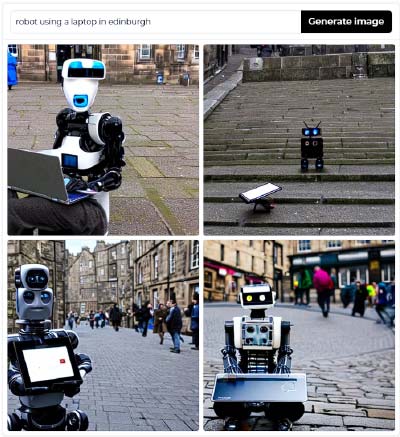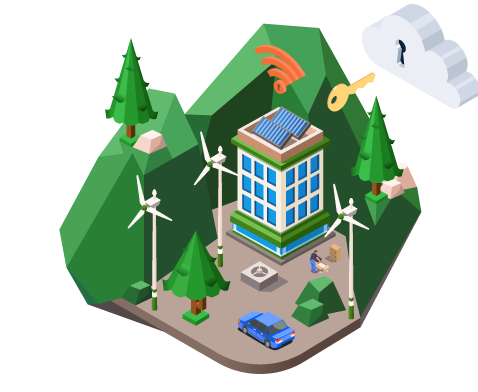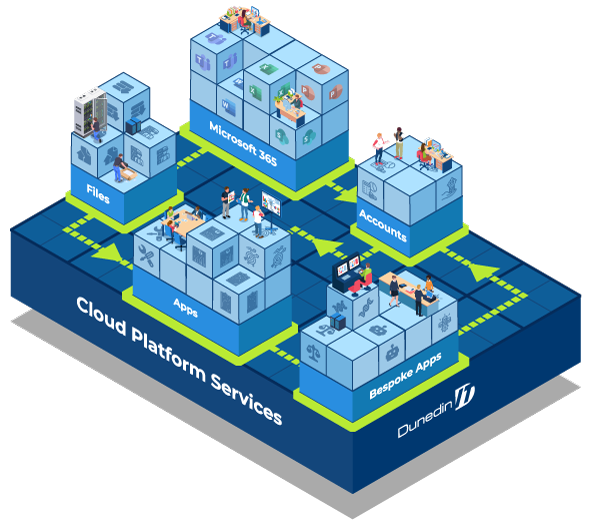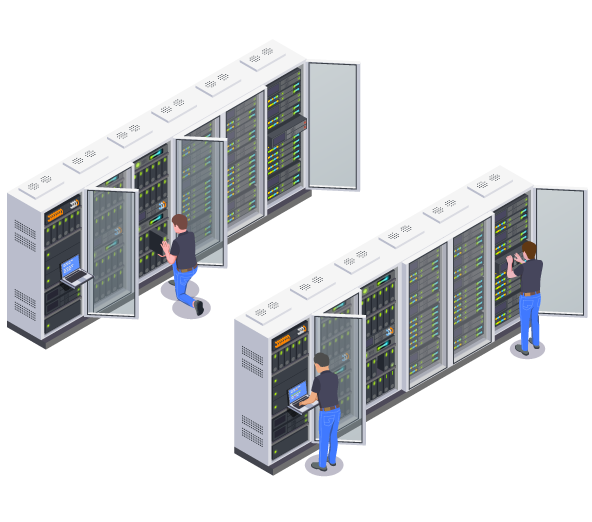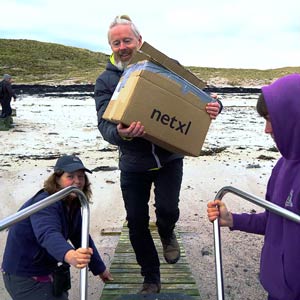Over the past five years, artificial intelligence (AI) and machine learning (ML) have become buzzwords. In 2023, there will be widespread use of AI as a result of several major developments that have occurred at the tail end of 2022.
Some of these major developments included the release of OpenAI’s ChatGPT, DALL·E 2 and Stability AI’s release of Stable Diffusion and Dream Studio. In these applications, the greatest innovation was the creation of generative AI, which produces a natural language output. Next, OpenAI released GPT-3, which allows easy API calls using their AI models. As a result of this release, companies such as GitHub, Microsoft, and Adobe have developed applications with AI functionality.
GitHub Copilot uses the OpenAI Codex to suggest code and write functions in real-time, saving programmers hundreds of hours. With Microsoft Designer, users can input natural language prompts and the software will turn them into professionally designed graphics.
A major spike in the use of AI in a variety of applications will be seen in 2023 as more companies move into the AI space and the API becomes generally available. Ultimately, this will save time for employees and allow for faster innovation across all industries.

